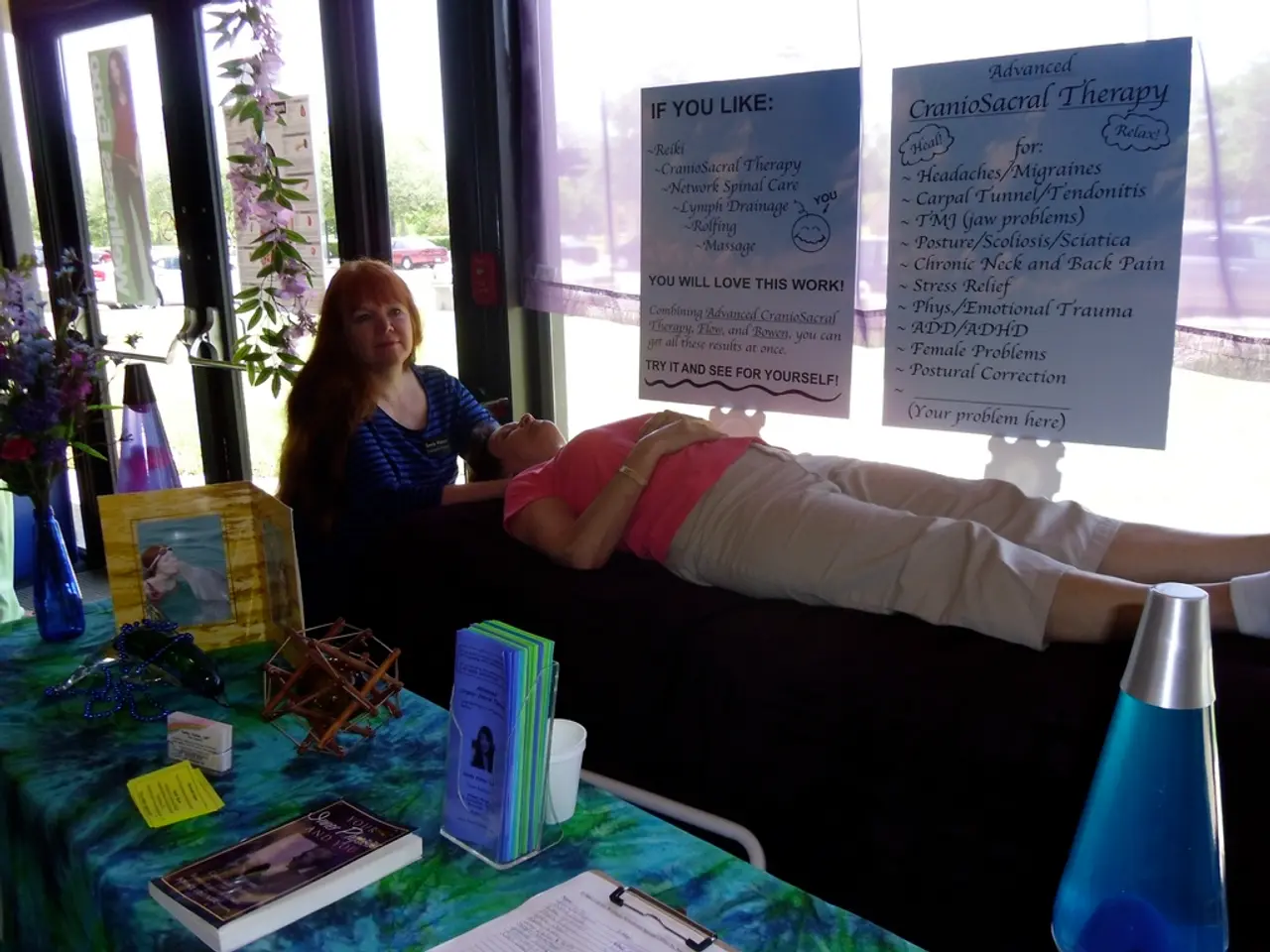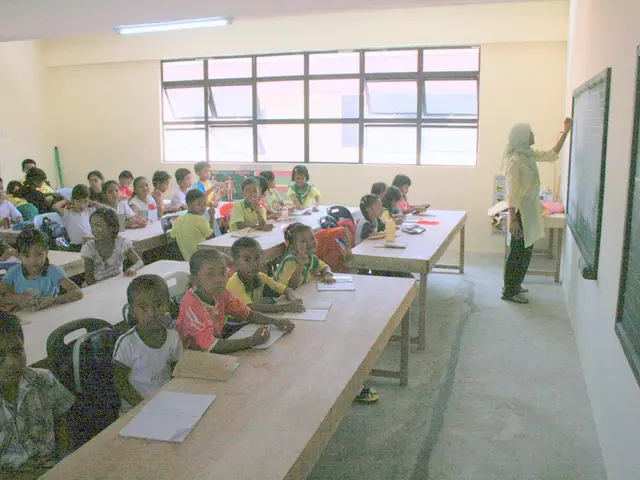Strategies for Breaking Free from Relationship Codependency
## Understanding and Overcoming Insecure Attachment and Codependency in Relationships
In the complex web of human relationships, understanding and addressing insecure attachment styles and codependency is crucial for fostering healthier, more balanced connections. These patterns often stem from early childhood experiences and can significantly impact the quality of our romantic relationships later in life.
### The Roots of Insecure Attachment
Insecure attachment styles are formed in early childhood, based on the quality of care received from primary caregivers. This can lead to difficulties in forming and maintaining healthy relationships in adulthood. The three main types of insecure attachment are anxious, avoidant, and disorganized-disoriented. Anxious attachment, in particular, is strongly linked to codependent behaviors, as individuals with this style often seek constant reassurance and can become overly dependent on their partners [1].
### The Dance of Codependency
Codependency in relationships is characterised by an imbalance where one person prioritises the other's needs at the expense of their own. This dynamic often mirrors unhealthy relationship patterns modeled in childhood, providing a sense of familiarity but leading to frustration and loss of self. Codependency is not a diagnosis but a learned behavior, characterised by over-caring, inability to set boundaries, and a need for recognition and affection [2].
### The Impact on Relationships
Both insecure attachment and codependency can hinder the development of healthy, interdependent relationships. Interdependence involves a balance where individuals support each other while maintaining their sense of self, which is challenging to achieve with insecure attachment or codependent patterns. These dynamics can lead to a lack of boundaries, people-pleasing, poor self-esteem, reactivity, poor communication, and the preservation of a sense of identity and self-worth through the relationship [1][2].
### The Path to Healing
While insecure attachment and codependency can be deeply ingrained, they are not fixed. Through self-reflection, therapy, and intentional effort, individuals can work towards developing a more secure attachment style and healthier relationship dynamics. The exercise for overcoming codependency involves body activation, arts experientials, and cognitive reframing. It includes six steps: breathing, expressing the inquiry with a color, assigning a shape, thinking back at the inquiry and assigning a line, considering the composition, associating a sound, and considering movement [3][4].
### Breaking Free from the Cycle
It's essential to remember that a romantic relationship won't "save" you from codependency. Healing your attachment wounds will help you feel more clear on your own values and how highly you prioritize them, so that you can articulate your needs with greater specificity. It will also help you discern compatibility with a partner or potential partner, so you don't feel like you're repeating the same old lessons all over again. Healing will also amplify your attractive energy, boost your confidence, and allow you to show up to your relationships as your most vitalized self, even amidst difficult circumstances [5].
In conclusion, understanding and addressing insecure attachment styles and codependency is a vital step towards building healthier, more balanced relationships. By recognising these patterns, seeking help, and committing to personal growth, individuals can break free from the cycle of unhealthy dynamics and cultivate the connections they truly desire.
[1] https://www.psychologytoday.com/us/blog/the-new-abnormal/201301/the-connection-between-insecure-attachment-and-codependency [2] https://www.psychologytoday.com/us/blog/the-new-abnormal/201301/the-connection-between-insecure-attachment-and-codependency [3] https://www.psychologytoday.com/us/blog/the-new-abnormal/201301/the-connection-between-insecure-attachment-and-codependency [4] https://www.psychologytoday.com/us/blog/the-new-abnormal/201301/the-connection-between-insecure-attachment-and-codependency [5] https://www.psychologytoday.com/us/blog/the-new-abnormal/201301/the-connection-between-insecure-attachment-and-codependency
- Recognizing and addressing insecure attachment styles and codependency is essential for developing healthier connections and fostering interdependence, a key aspect of balanced relationships.
- Inadequate care from primary caregivers in early childhood can lead to insecure attachment, impacting the quality of romantic relationships later in life through difficulties in forming and maintaining healthy connections.
- People struggling with anxious attachment often display codependent behaviors, seeking constant reassurance and becoming overly dependent on their partners, setting the stage for imbalanced relationships.
- Codependency in relationships, characterized by prioritizing another's needs, originates from childhood patterns and leads to a loss of self and dissatisfaction within the connection.
- Healthy relationships require a balance between support and maintaining individuality, making it challenging to achieve equilibrium with insecure attachment or codependent patterns.
- Healing from attachment wounds and breaking free from codependency involves self-reflection, therapy, and intentional effort; resulting in clear values, confident self-expression, and healthier relationship dynamics.
- Acknowledging the importance of setting boundaries is crucial in overcoming codependency, leading to improved self-esteem and better communication within relationships.
- Subscribing to workshops, classes, or therapy sessions focused on education-and-self-development can provide valuable insights and techniques for understanding and overcoming insecure attachment and codependency.
- Art, play, and science play essential roles in the healing process by offering diverse perspectives on insecure attachment and codependency, promoting mental-health, and fostering personal-growth.
- By dedicating oneself to the pursuit of health-and-wellness and lifestyles centered on mental-health and self-awareness, individuals can develop the skills necessary for creating and maintaining fulfilling, secure relationships.




